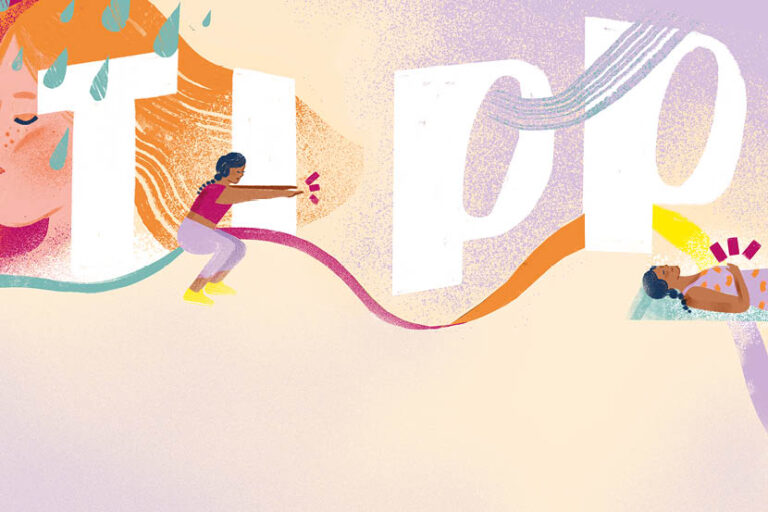
Inherited opinions and values that are taken on without question can sometimes be damaging. Here’s how to recognise outdated beliefs and reshape them to align with your true self.
Recognising when beliefs no longer fit
When inherited beliefs have outgrown their usefulness they can feel as uncomfortable as ill-fitting shoes. Here are some of the signs to look out for:
- A feeling of inner conflict when your sense of what might be ideal and what feels unacceptable in a situation are at odds. You might find yourself thinking or saying “I should do this”, even though you really don’t want to.
- An unexpected escalation of a feeling that you might not understand. For example, with an introject like “anger is bad”, you might notice yourself suddenly feeling inexplicably angry in a situation – maybe with a partner, a member of the family, at home, at work, or in the supermarket.
- Judgemental thoughts towards yourself, such as: “Don’t even think that angry thought, that’s not a way to be,” followed by self-recrimination as you turn the anger in on yourself. This can lead to low mood and even depression.
- A feeling of wanting to explode, being on a short fuse, primed and ready to ignite at any moment. This might feel unknown, new, uncomfortable, and possibly out of control.
5 steps to free yourself from limiting beliefs

If you sense that unhelpful values might be informing how you live, Liz suggests a five-step plan to help free yourself:
1 Cultivate compassion
Extend compassion to yourself and to the introjects. You haven’t done anything wrong in allowing these beliefs to develop. It’s usually an unconscious process and an alternative might not have been modelled.
They might have helped you survive difficult situations in the past. Looking at them in this light can help support you in building self-awareness and increase your understanding of your behaviour.
2 Journal your way out
Being curious supports you to make sense of how introjected beliefs might have led to black-and-white thinking and had an impact on your life. Write a list of introjects you think you might have swallowed whole, such as “Show-offs aren’t liked” or “Fit in at all costs”.
Then make a note of when they might have served you or limited you in some way. A belief that crying is weak may have led to a fear of breaking down in front of anyone. This might have protected you from being teased for crying by others who’d been fed the same message, but could also mean you’ve held back from showing your vulnerability, which can make it hard to feel truly seen and met by others.
3 Pen a new script
Imagine you were able to gently undo these introjects. Allow yourself to sit alongside an imaginary self who in this moment is, for example, “the conformist” or “the one who isn’t allowed to be angry” and even maybe “the one who wants to be different”. Write down what they might say if they were allowed to speak their mind. Notice how you feel as you write and read it back to yourself.
4 Rewrite the rules
Look at yourself afresh and see how you might have changed already by doing this exercise. Consider drawing a picture that illustrates this. Ask yourself how you might notice when an unwanted introject might be triggered and jot down how you would like to respond differently.
5 Reach out
It’s also important to remember that introjections are linked to context, be it relational, cultural, or societal.
You might want to seek the support of a trained professional to help you access these deeply rooted ideas, examine where they’ve come from, and see them through a wider lens.


















